The Ampere Altra Review: 2x 80 Cores Arm Server Performance Monster
by Andrei Frumusanu on December 18, 2020 6:00 AM EST- Posted in
- Servers
- Neoverse N1
- Ampere
- Altra
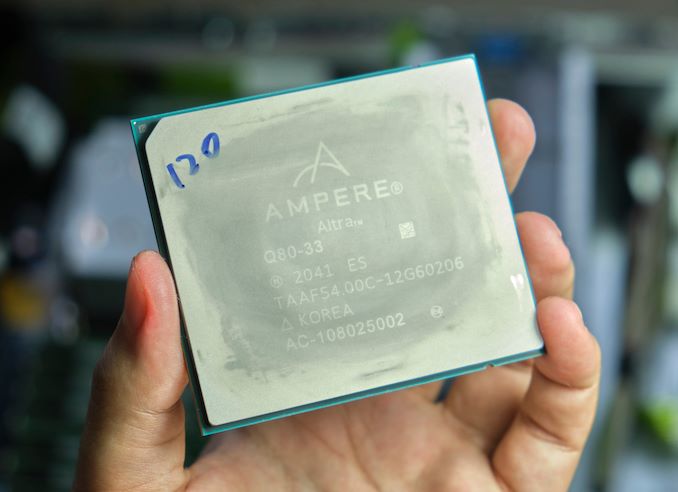
As we’re wrapping up 2020, one last large review item for the year is Ampere’s long promised new Altra Arm server processor. This year has indeed been the year where Arm servers have had a breakthrough; Arm’s new Neoverse-N1 CPU core had been the IP designer’s first true dedicated server core, promising focused performance and efficiency for the datacentre.
Earlier in the year we had the chance to test out the first Neoverse-N1 silicon in the form of Amazon’s Graviton2 inside of AWS EC2 cloud compute offering. The Graviton2 seemed like a very impressive design, but was rather conservative in its goals, and it’s also a piece of hardware that the general public cannot access outside of Amazon’s own cloud services.
Ampere Computing, founded in 2017 by former Intel president Renée James, built upon initial IP and design talent of AppliedMicro’s X-Gene CPUs, and with Arm Holdings becoming an investor in 2019, is at this moment in time the sole “true” merchant silicon vendor designing and offering up Neoverse-N1 server designs.
To date, the company has had a few products out in the form of the eMAG chips, but with rather disappointing performance figures - understandable given that those were essentially legacy products based on the old X-Gene microarchitecture.
Ampere’s new Altra product line, on the other hand is the culmination of several years of work and close collaboration with Arm – and the company first “true” product which can be viewed as Ampere pedigree.
Today, with hardware in hand, we’re finally taking a look at the very first publicly available high-performance Neoverse based Arm server hardware, designed for nothing less than maximum achievable performance, aiming to battle the best designs from Intel and AMD.
Mount Jade Server with Altra Quicksilver
Ampere has supplied us with the company’s server reference design, dubbed “Mount Jade”, a 2-socket 2U rack unit sever. The server came supplied with two Altra Q80-33 processors, Ampere’s top-of-the-line SKU with each featuring 80 cores running at up to 3.3GHz, with TDP reaching up to 250W per socket.
The server was designed with close collaboration with Wiwynn for this dual socket, and with GIGABYTE for the single socket variant, as previously hinted by the two company’s announcements of leading hyperscale deployments of the Altra platforms. The Ampere-branded Mount Jade DVT reference motherboard comes in a typical server blue colour scheme and features 2 sockets with up to 16 DIMM slots per socket, reaching up to 4TB DRAM capacity per socket, although our review unit came equipped with 256GB per socket across 8 DIMMs to fully populate the chip’s 8-channel memory controllers.
This is also our first look at Ampere’s first-generation socket design. The company doesn’t really market any particular name to the socket, but it’s a massive LGA4926 socket with a pin-count in excess of any other commercial server socket from AMD or Intel. The holding mechanism is somewhat similar to that of AMD’s SP3 system, with a holding mechanism tensioned by a 5-point screw system.
The chip itself is absolutely humongous and amongst the current publicly available processors is the biggest in the industry, out-sizing AMD’s SP3 form-factor packaging, coming in at around 77 x 66.8mm – about the same length but considerably wider than AMD’s counterparts.
Although it’s a massive chip with a huge IHS, the Mount Jade server surprised me with its cooling solution as the included 250W type cooler only made contact with about 1/4th the surface area of the heat spreader.
Ampere here doesn’t have a recessed “lip” around the IHS for the mounting bracket to hold onto the chip like on AMD or Intel systems, so the actual IHS surface is actually recessed in relation to the bracket which means you cannot have a flat surface cooler design across the whole of the chip surface.
Instead, the included 250W design cooler uses a huge vapour chamber design with a “pedestal” to make contact with the chip. Ampere explains that they’ve experimented with different designs and found that a smaller area pedestal actually worked better for heat dissipation – siphoning heat off from the actual chip die which is notably smaller than the IHS and chip package.
The cooler design is quite complex, with vertical fin stacks dissipating heat directly off the vapour chamber, with additional large horizontal fins dissipating heat from 6 U-shaped heat pipes that draw heat from the vapour chamber. It’s definitely a more complex and high-end design than what we’re used to in server coolers.
Although the Mount Jade server is definitely a very interesting piece of hardware, our focus today lies around the actual new Altra processors themselves, so let’s dive into the new Q80-33 80-core chip next.


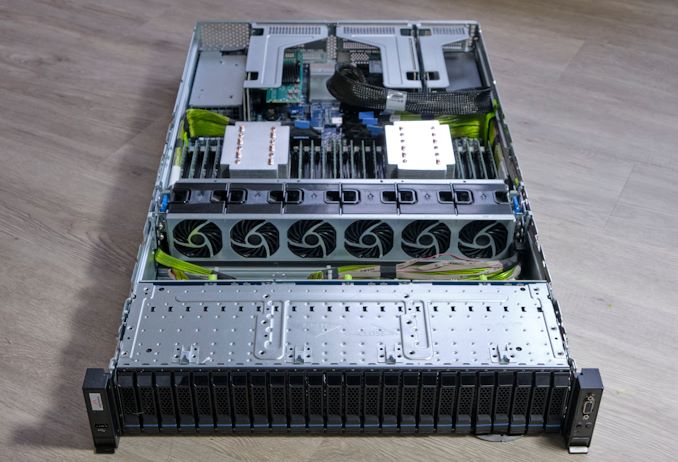
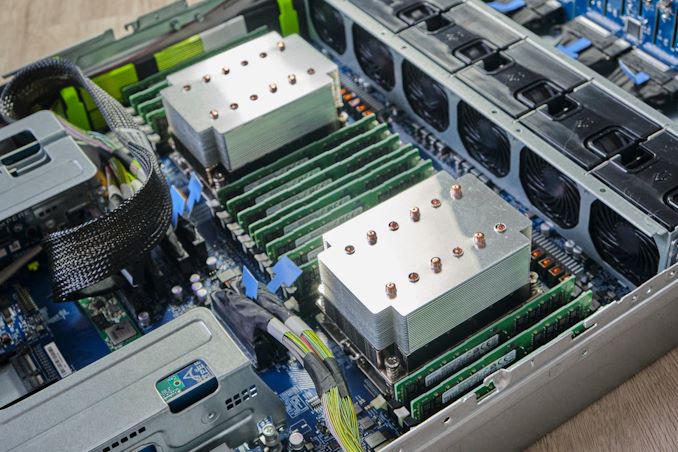
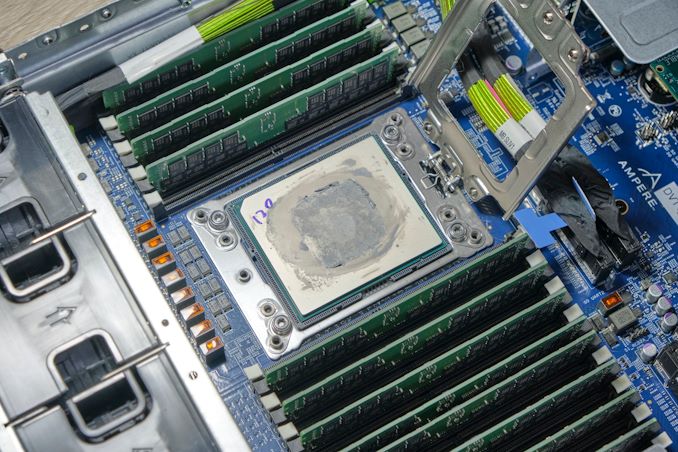
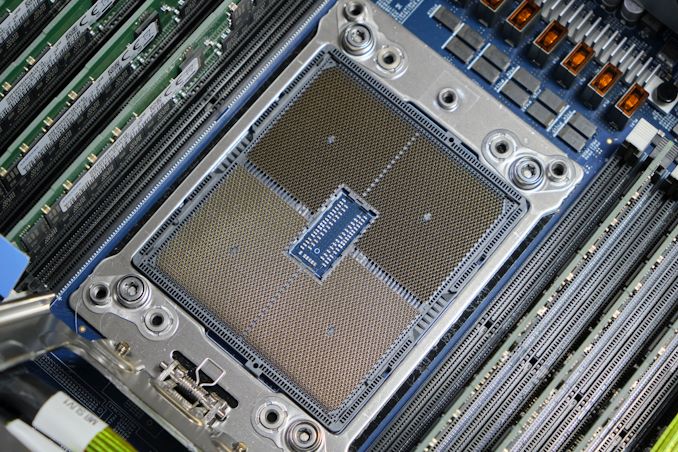
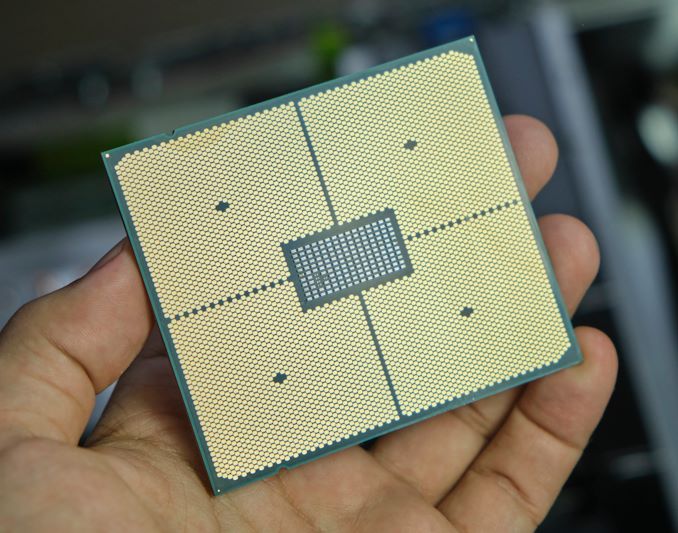

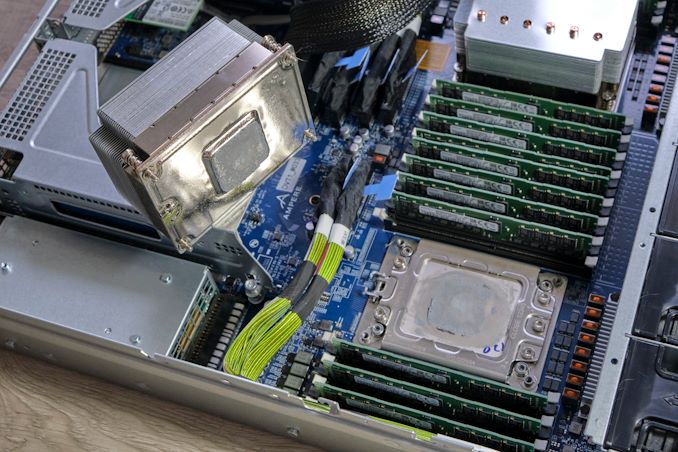
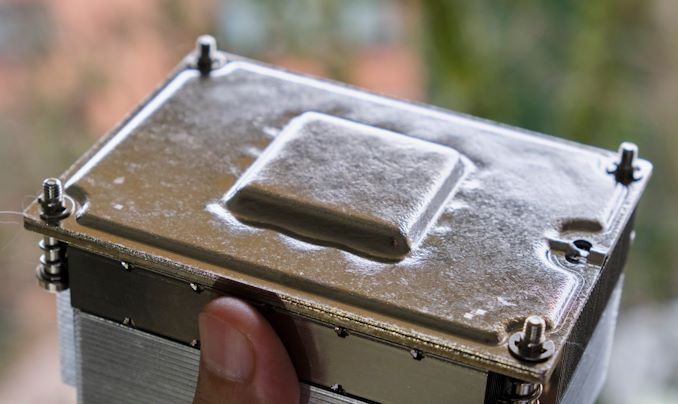
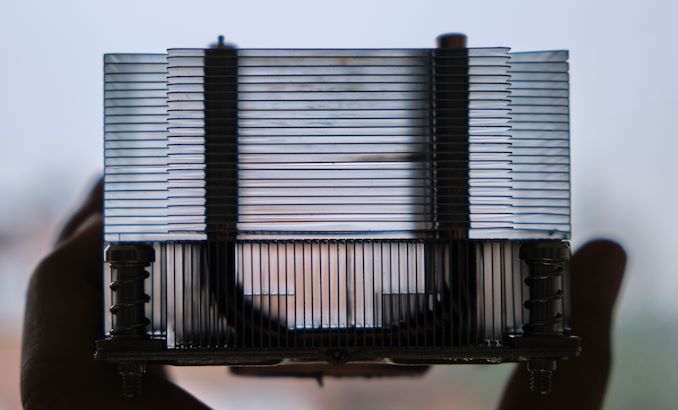








148 Comments
View All Comments
tygrus - Saturday, December 19, 2020 - link
Next step would be to see how ARM performed with 256MB (or more) of cache. The early models didn't suit many workloads compared to the general purpose kings (x86-64). Each generation of ARM based server chips have seen an increase to the number of suitable workloads thus more general purpose. Adding more specialised instructions to x86 has diminishing returns that increase the complexity of decoding & execution it's always good to be challenged "can we make it simpler & faster?".mode_13h - Sunday, December 20, 2020 - link
ARM has been doing some of the same, though. Look at the evolution of ARMv8-A as it has aged, and you'll see several bolt-ons to target additional markets:* new atomics
* signed, saturating multiplies
* CRC instructions
* half-precision floating point
* SVE (their answer to AVX/AVX-512)
* complex number support
* an instruction specifically for floating-point conversion in Javascript
* integer dot products
* random number generation
* matrix multiply & manipulation
* BFloat16 support
* a smattering of other virtualization and security-oriented additions
That's not a small list, and definitely not a less-is-more approach.
Leeea - Sunday, December 20, 2020 - link
Very interesting.Great article.
Sivar - Sunday, December 20, 2020 - link
Typo report, conclusion: "The se*ver landscape is changing very quickly. "Sivar - Sunday, December 20, 2020 - link
Imagine the response if someone made a prediction of this statement just five years ago:"Intel’s current Xeon offering simply isn’t competitive in any way or form at this moment in time. Cascade Lake is twice as slow and half as efficient – so unless Intel is giving away the chips at a fraction of a price, they really make no sense."
mode_13h - Sunday, December 20, 2020 - link
Heh, good call!Makste - Monday, December 21, 2020 - link
Truly exciting times. Thanks for the review.There's going to be a massive restructuring in "computeverse".
I hope they'll be a merger at one point.
hyc - Monday, December 21, 2020 - link
It would've been more appropriate to compare Q64-33 to AMD to assess the merits of each architectural design. Could you repeat some of these tests, limiting the Altra to only 64 cores/threads?Wilco1 - Tuesday, December 22, 2020 - link
It might be an interesting comparison with SMT disabled since the extra 25% of cores are the alternative to adding SMT. However should we also limit EPYC to 32MB L3 to make things more equal?hyc - Friday, December 25, 2020 - link
Are you saying that turning off 16 cores in the Q80-33 is not the equivalent of running a Q64-33?Turning off SMT may have some merits, depending on workload.